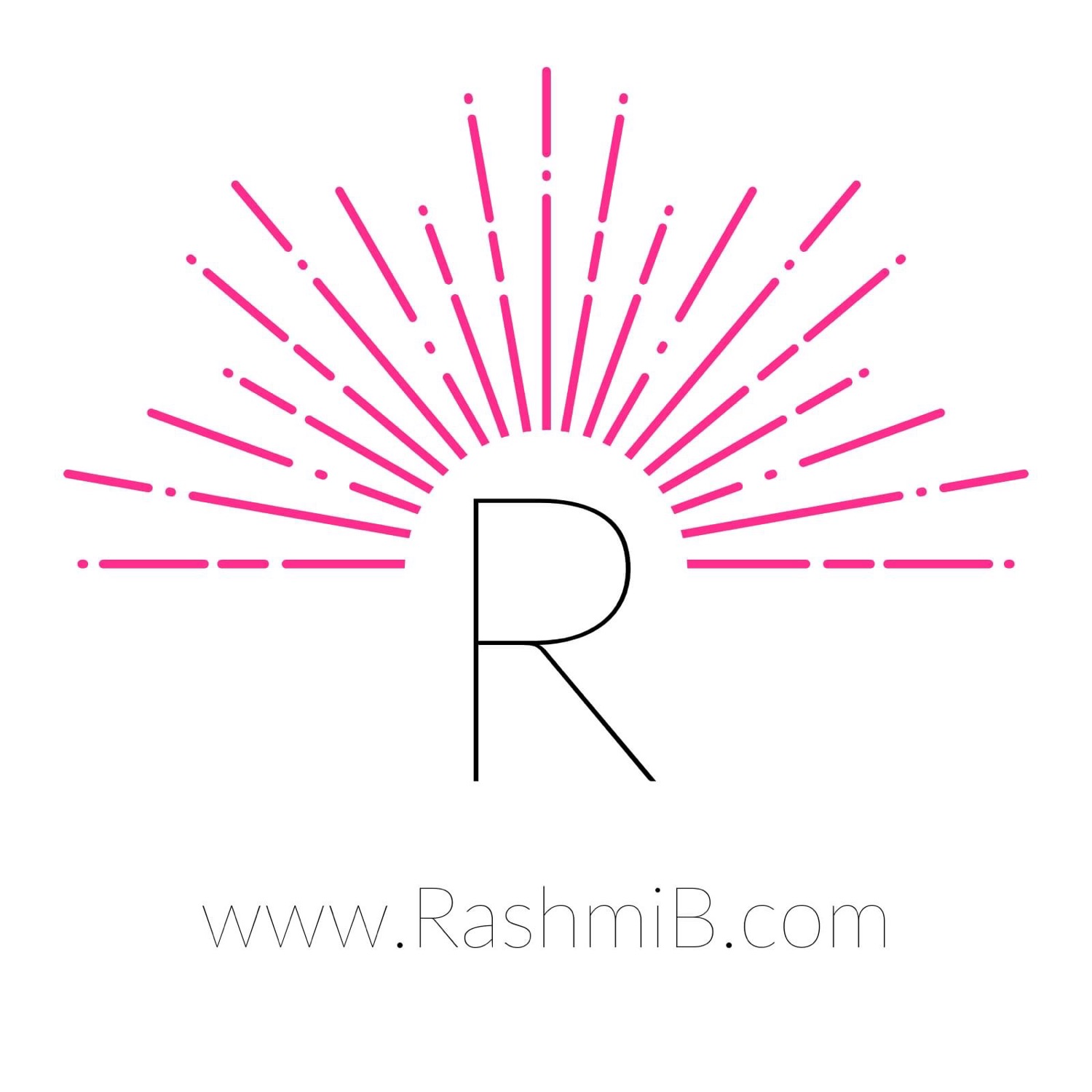How To Style Clothes With The Help Of Color Wheel
- Rashmi B.

- Jan 14, 2021
- 2 min read
Many people are afraid of mixing colors when it comes to their wardrobe. So, neutral shades like black, white, grays, and beiges are naturally popular. The task of understanding how colors work can be daunting, but that's where the color wheel helps us out.

If you're a design student like me, the color wheel and its theory are taught as a foundation. It's a diagram that trains you to use colors in the best, eye-pleasing way possible. I say eye-pleasing because I truly believe that we react to certain color combos in a certain way (positively or negatively). Plus, it's subjective. In fashion, it can be used to come up with some excellent designs, and on a personal level, even used for OOTDs. The 12 colors are distributed in 3 categories: Primary Colors, Secondary Colors, and Tertiary Colors. It's all about playing around with these categories for the best possible outcome.

The color theory goes a bit further and talks about aspects like temperature, harmony, and contrast. The color wheel is divided into warm and cool according to the color temperature. Playing within the temperature category can be harmonious. The analogous color scheme works on that basis too, where we take two colors on both sides of the main color. This color scheme can be helpful to build a tonal fashion look. On the contrary, the complementary color scheme picks colors exactly opposite to each other on the color wheel. A visually pleasing contrast is likely to be created by doing this.

In my quest to #MazimizeMyCloset, I took the help of the color wheel and its theory. I did the video below to style up my colored pants, but in reality, these tips can be useful to come up with different OOTDs. The most important aspect of it (and the one I love) is that this can work for any personal style. So, check out the video below for some tips on color coordinating:
In conclusion, let me ask you this: after learning about the color wheel, will you be more daring in your OOTDs with colors? Let me know in the comments below.
Love,
Rashmi B.











Comments